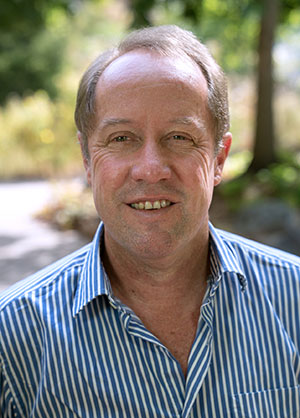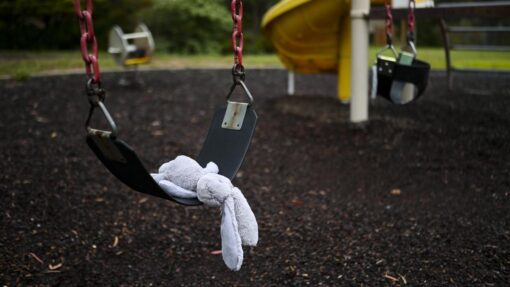Queensland to trial east coast crocodile removal to slow population growth
Richard Dinnen - Queensland Editor |

Saltwater crocodiles longer than 2.4 metres could be removed from parts of the Queensland east coast in a trial program being considered by the State Government.
An independent review of Queensland’s Estuarine Crocodile Management Program has recommended removing a small number of crocodiles from populated areas between Cooktown and Ayr.
In their report to Government, a panel of experts said the extra removals would constrain population growth and deliver improved human safety outcomes and new knowledge.
They said an additional 50 crocodiles would be taken on top of the 40 that are removed on average each year under current arrangements, and the increase would not put the Queensland crocodile population at risk.

Queensland Chief Scientist, Hugh Possingham, chaired the review. He said the current management plan is practical and fit for purpose, but his panel have recommended several changes.
“The committee recommends that in consultation with stakeholders, the Department consider annual removal of a modest number of crocodiles larger than two point four metres on the populated east coast, for several years.
“This intervention could then be reviewed to examine its impact on community safety and crocodile populations.”
The report also recommended improvements and increased funding to the Crocwise safety strategy, saying official public safety messages are undermined by other sources of information.
It said some messages from private tourism operators are highly likely to confuse people about the risks of aquatic activities in crocodile country.
“For example, a popular island resort’s website states ‘you can swim, snorkel and dive in safety off our iconic coral beaches’ and does not provide any advice regarding the possible presence of crocodiles, even though the island is in croc country.
“There are no specific Crocwise strategies focussed on tourists, including the increasing number of people travelling to more remote areas.
“However, anecdotal evidence from Wildlife Officers dealing with the public suggest that, historically, tourists tend to be more sensible about reading and obeying signs than locals.”
The report recommended against culling crocodiles down to levels seen in the 1970s and 80s, saying it would be expensive, unpopular, and would likely give people a false sense of security.
The Queensland Department of Environment and Science welcomed the recommendations, saying they would help balance public safety with the long-term conservation of wild crocodile populations.
Key findings:
- Queensland estuarine crocodile numbers increase at an average 2.2 per cent a year
- Population recovery has been relatively slow and highly variable across the state
- No change to distribution and no evidence their range is expanding southward
- Cape York Peninsula has highest number and density
- Fitzroy River at Rockhampton has lowest number and density
- 20 per cent of Queensland crocodiles live between Cooktown and Rockhampton
- East coast population has increased but the average size of crocodiles has reduced
- Crocodile populations have recovered while public safety risk has reduced



